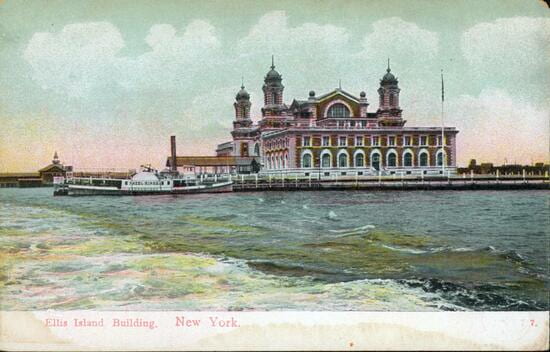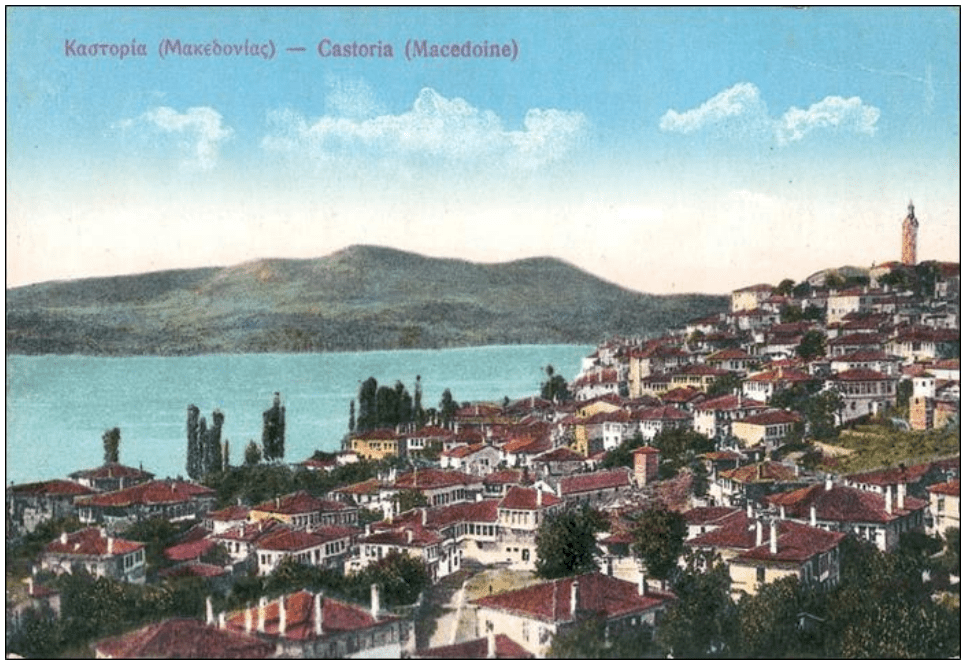New York Heritage Digital Collection Exhibit: Immigration in New York State, 1650-1950
 This month the @TZHSLibrary will host the New York Heritage Digital Collection Exhibit: Immigration in New York State, 1650-1950. Please take advantage of exploring this exhibit.
This month the @TZHSLibrary will host the New York Heritage Digital Collection Exhibit: Immigration in New York State, 1650-1950. Please take advantage of exploring this exhibit.
Immigrants built a vibrant, diverse and modern New York State. However, the arrival of European immigrants was also incredibly disruptive. Indigenous people were pushed off of their lands. Enslaved, indentured, and otherwise subjugated populations were exploited in the establishment of the state. Our history bears those imprints, as well as many more positive outcomes. Immigrants have come to New York for many reasons: to escape persecution, to improve their economic outlook, and to build new lives.
Even in a nation built by immigrants, new arrivals were not always welcomed. Throughout our history, laws and policies restricted immigration. New arrivals have faced discrimination and unsafe environments. Despite these challenges and injustices, immigrants’ experiences, knowledge, and cultures have enriched our state and shaped our history. Immigrants will continue to build a vibrant, diverse, and modern New York State.
The goal of New York Heritage is to shed light on all stories of New York through inclusive historical records, so that current and future generations will learn and understand the complexities of the human interactions throughout time that have brought us here today.
There is an interactive lesson available which examines census records for 97 Orchard Street allowing students to reconstruct part of the history of the Lower East Side. Using primary sources, students will also be able to explore the life of Victoria Confino, a 14-year old immigrant from Kastoria, in modern-day Greece. Through her story, students learn about Victoria’s life in Kastoria, her immigration through Ellis Island, and her life on the Lower East Side.
Below are three primary source documents which will help us learn about Victoria Confino. Use the skills of inquiry tool, “Observe, Reflect, Question”.
As we examine the primary source documents we will be searching for clues about the life of Victoria Confino. What were we able to learn about Victoria Confino? What questions do we still have about the life of Victoria Confino? How would we be able to find the answers to your questions? Share your understandings on this Jamboard.




Leave a Reply